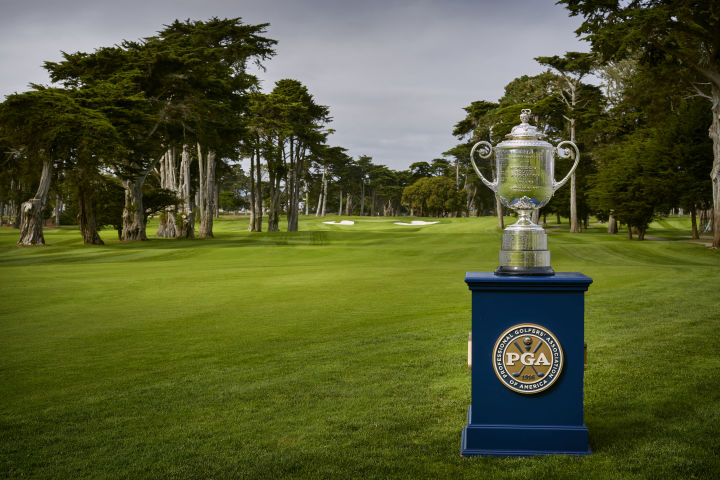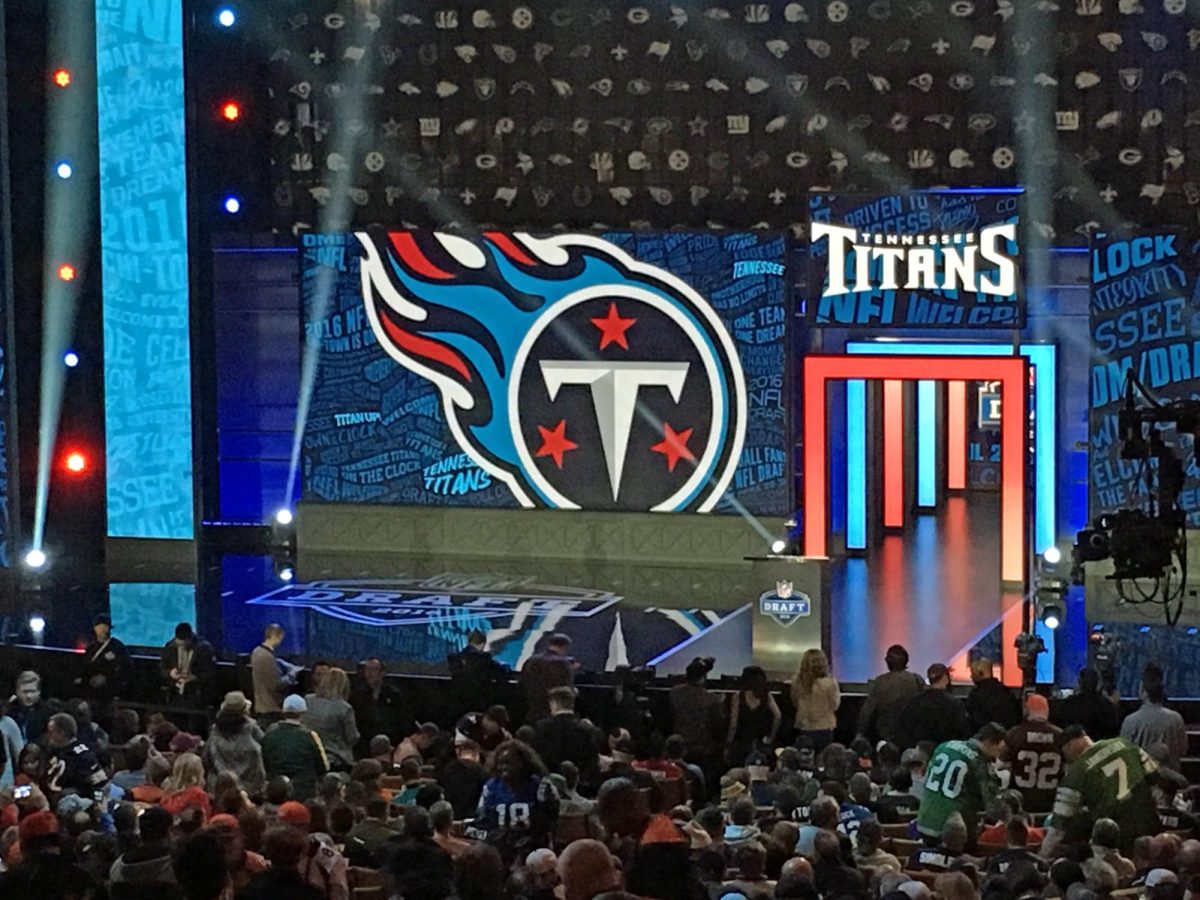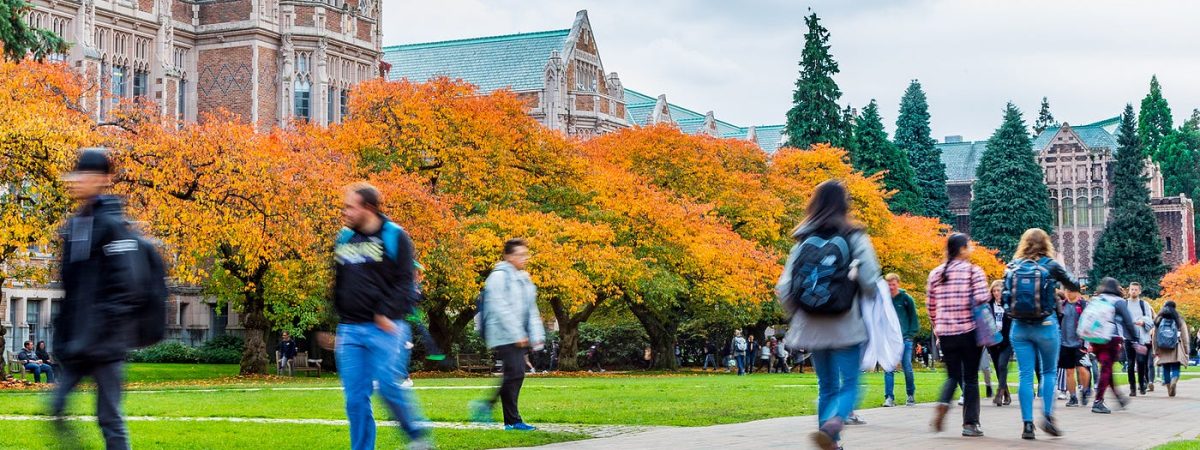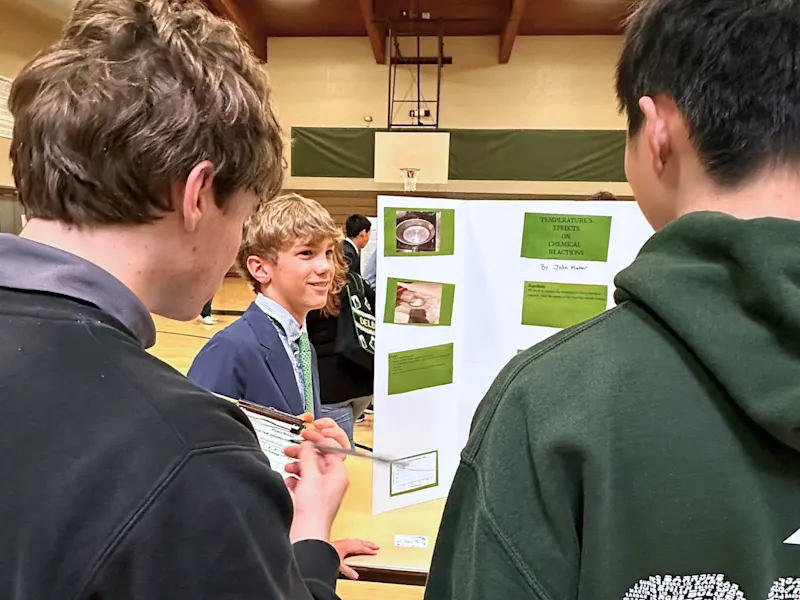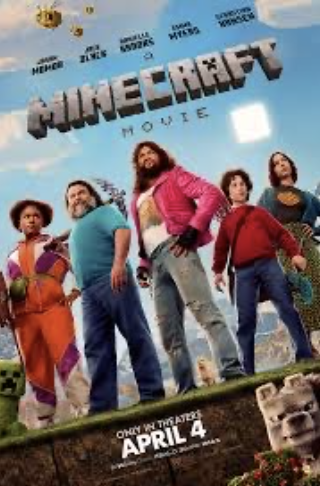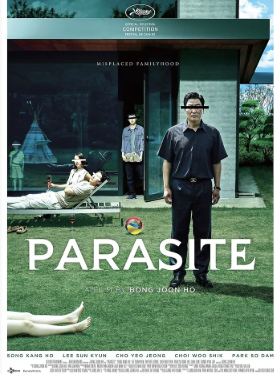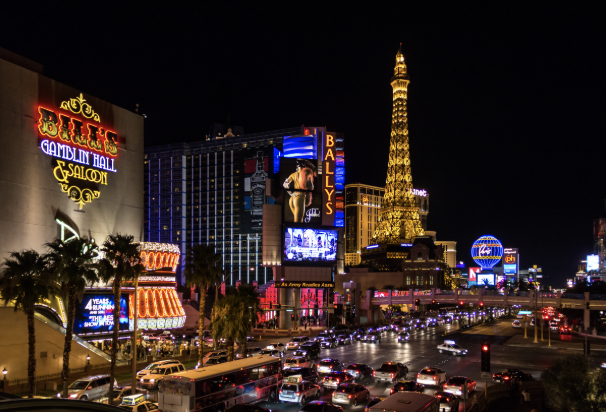A Student Reflection on the Increase of AAPI Hate Crimes
DiscriminAsian: The Real Virus
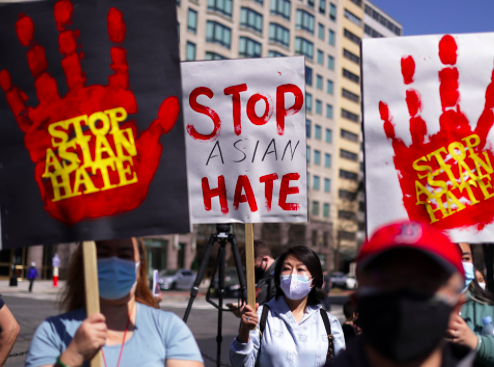
April 15, 2021
“ China Virus. Go back to where you came from. Covid’s your fault.”
Words that frequented our country. The words that filled the mouths of the racial bigots and entered the individuals of the Asian-American community. Each word, as if a gunshot, shot in the backs of Asians far too frequently. This has to stop.
In the month of February on a cold evening, a Chinese man who was walking home near New York City’s Chinatown, when a stranger rushed up to him and plunged a knife in his back.
To the Asian American community, this was horrifying. The 23-year old perpetrator had no connection to the victim, nor did he even interact before the incident. The outcome? He was charged with attempted murder, but not a racially motivated hate crime. This event, however, wasn’t really shocking to the Asian American community, for these actions were just one of too many attacks targeted against Asians during the pandemic. Examples such as the shootings in Atlanta, Georgia which killed 6 Asians are just one of far too many incidents we see in this country.
Anti-Asian acts has grown significantly in the past year with almost 4000 documented accounts of discrimination, racism, and xenophobia in just 11 months. While hate crimes in 2020 decreased by 7%, those against Asian Americans and Pacific Islanders, AAPI, rose nearly 150%.
Unfortunately, these incidents aren’t anything new. Historically, anti-Asian racism was complex and invisible to the public. Activists and elected officials have cited that this sudden surge sprouted from the previous president administration who has openly used derogatory terms such as “Kung Flu” and “China Virus” despite the growing sentiment against Asians.
Name-calling, shunning, and assault were one of the most common forms of abuse reported nationwide according to StopAAPI Hate.
To pass these issues along, with excuses such as addiction or having a “a bad day” shows how our society zips past these issues.

